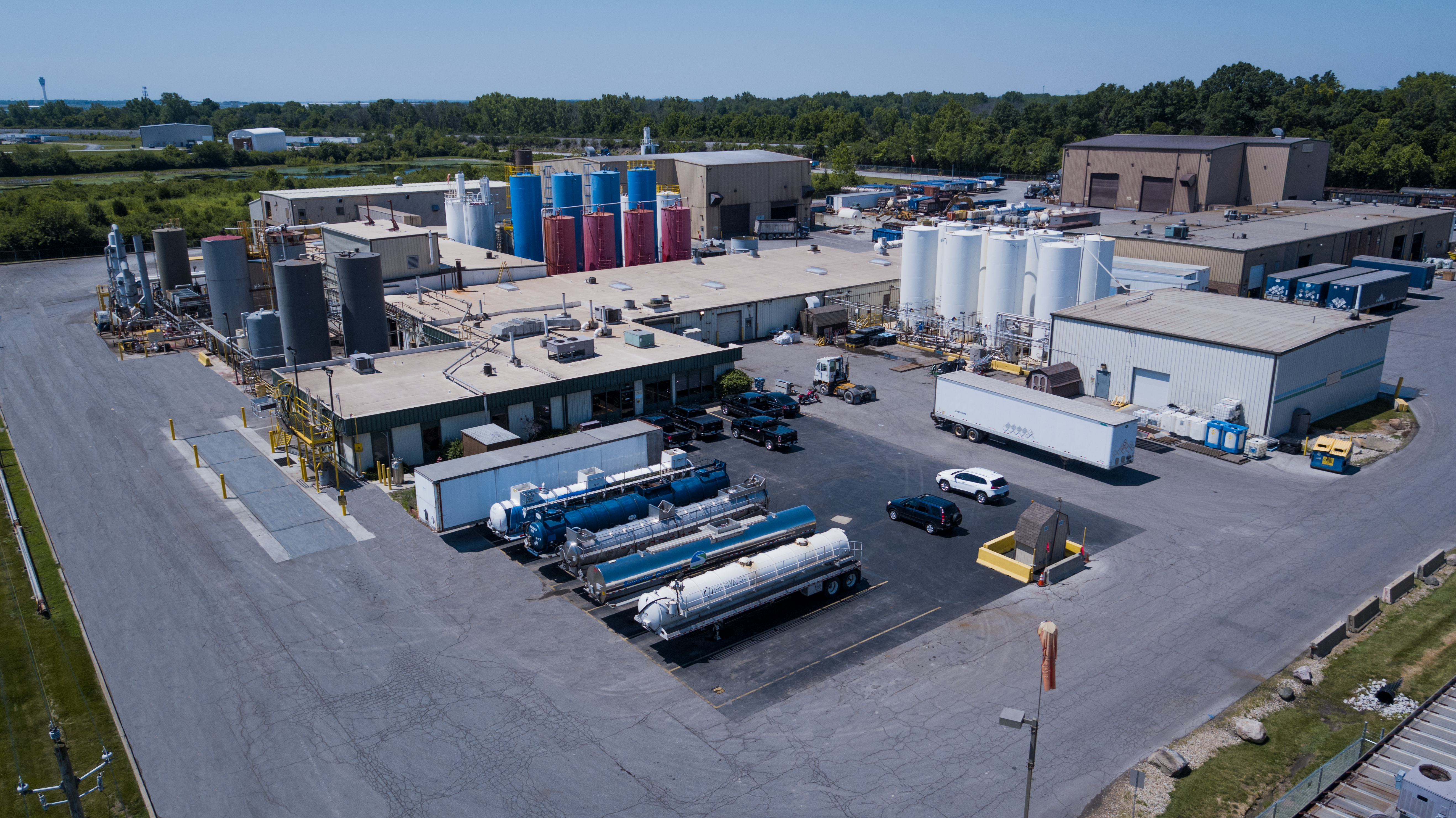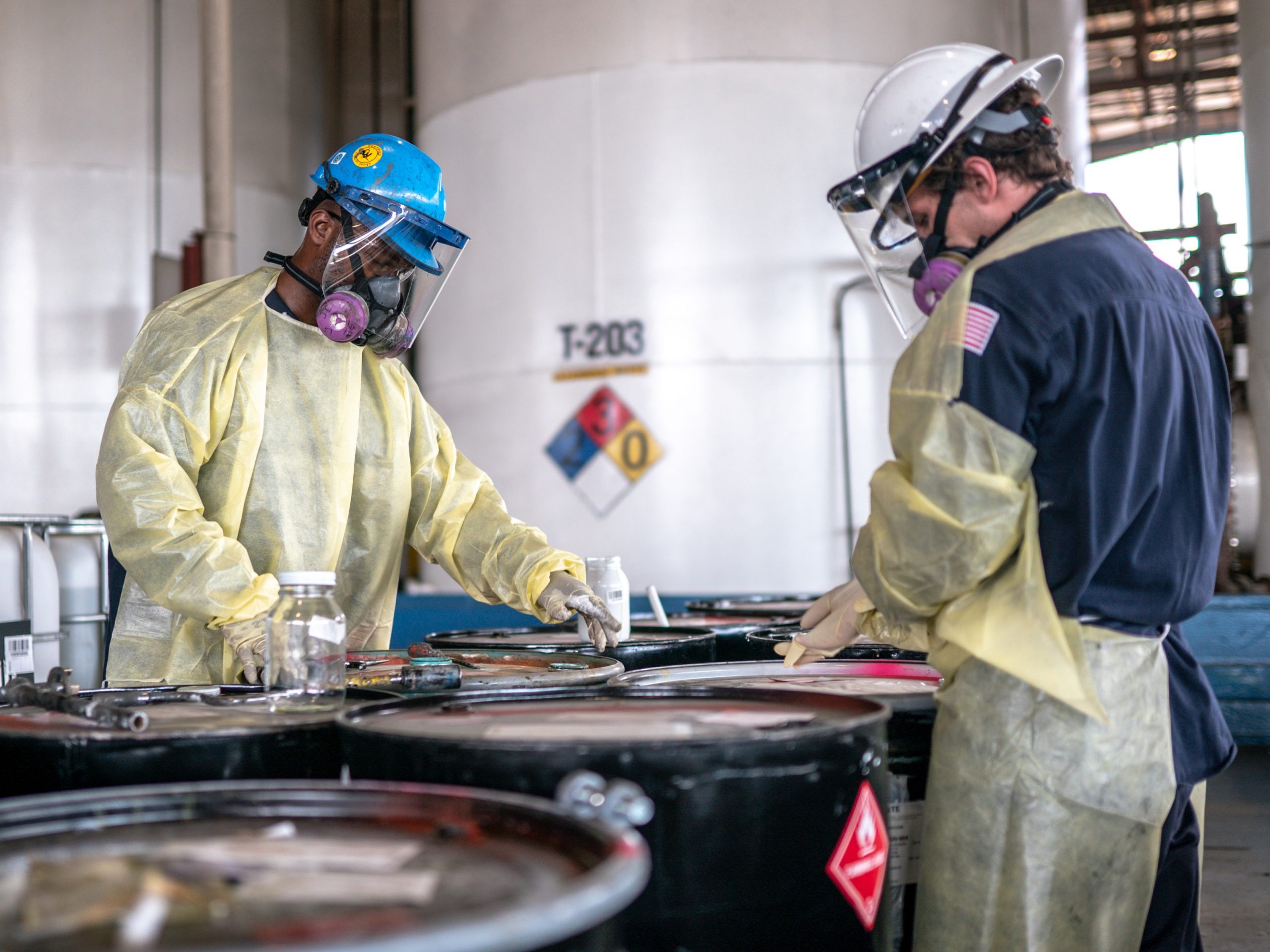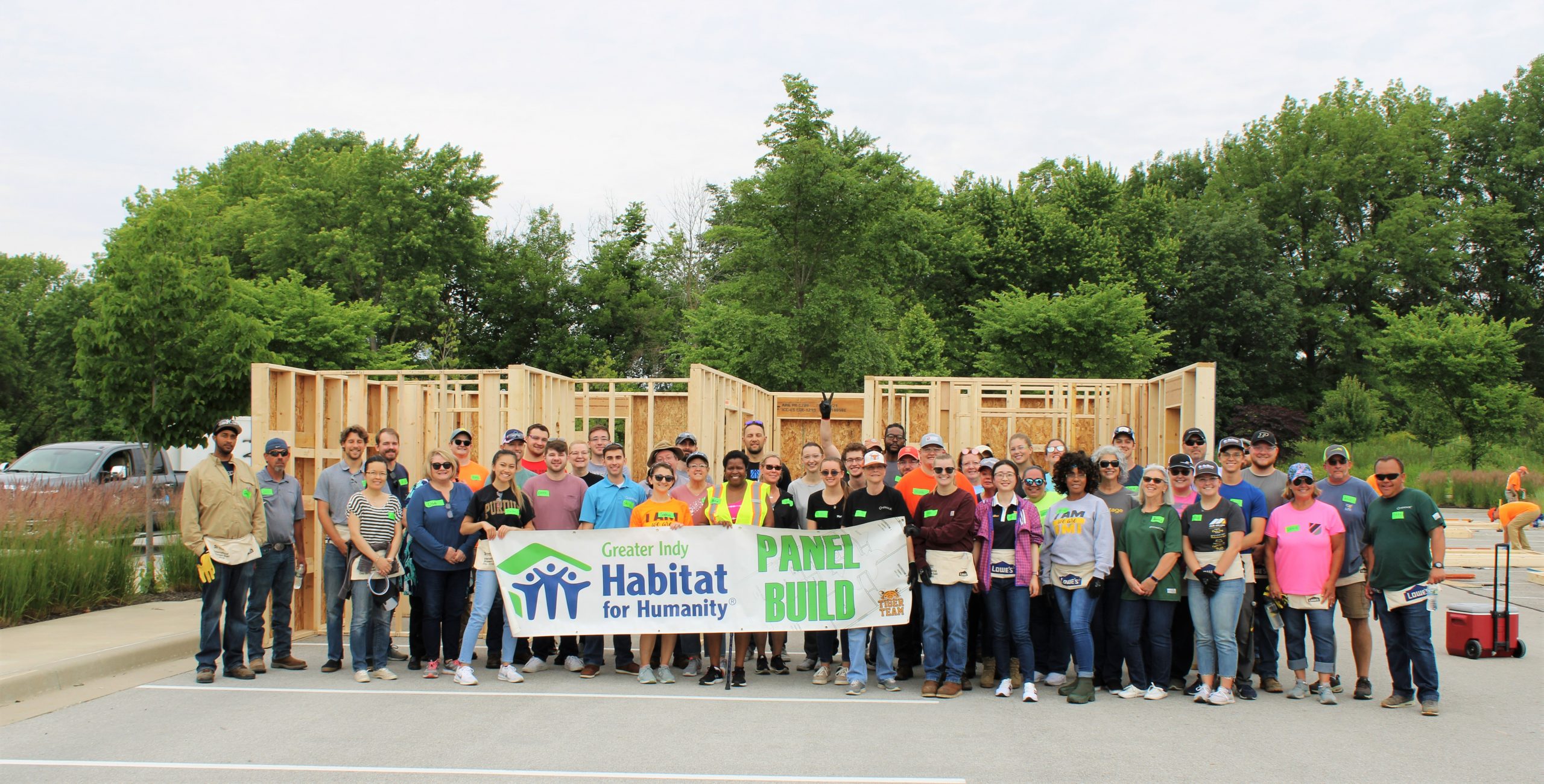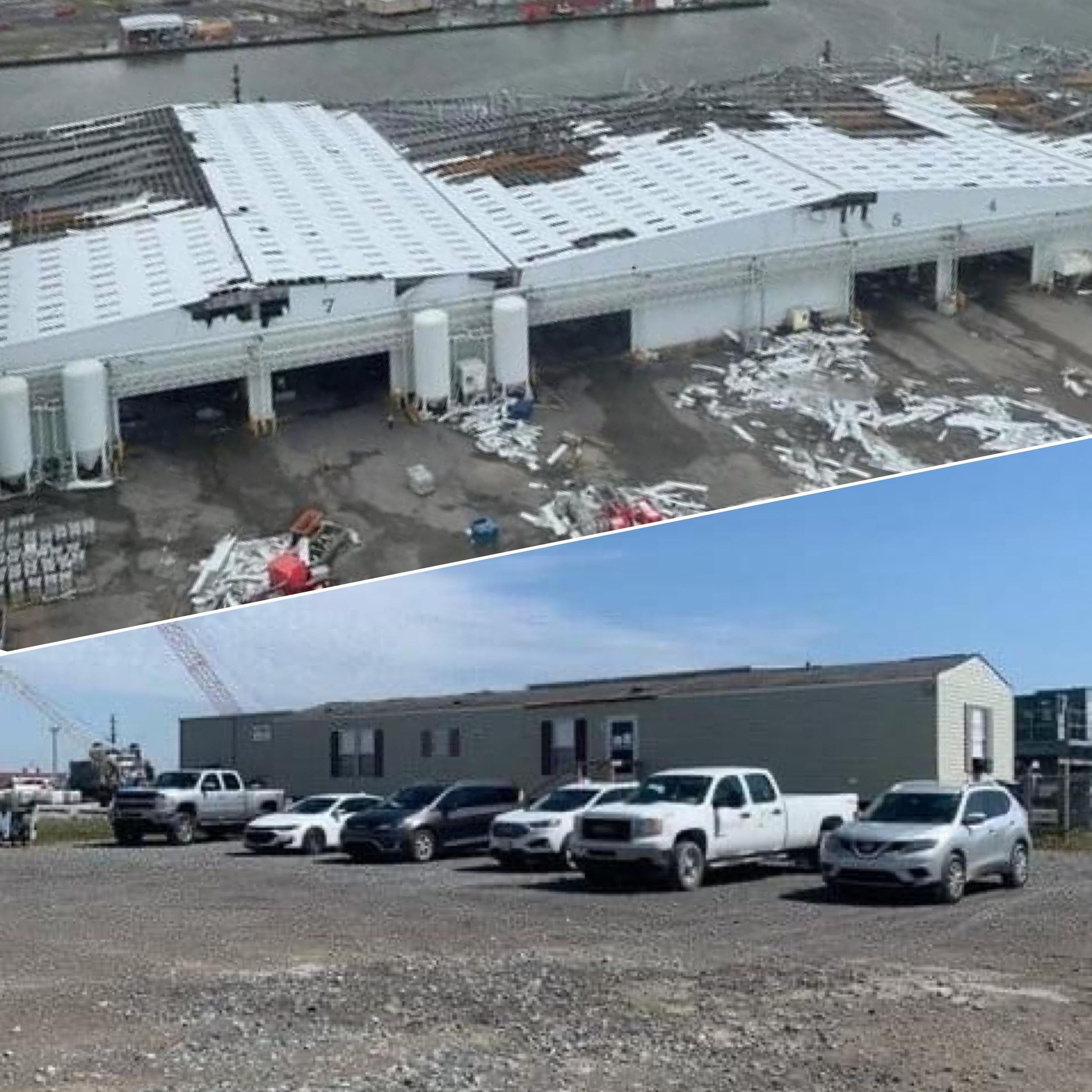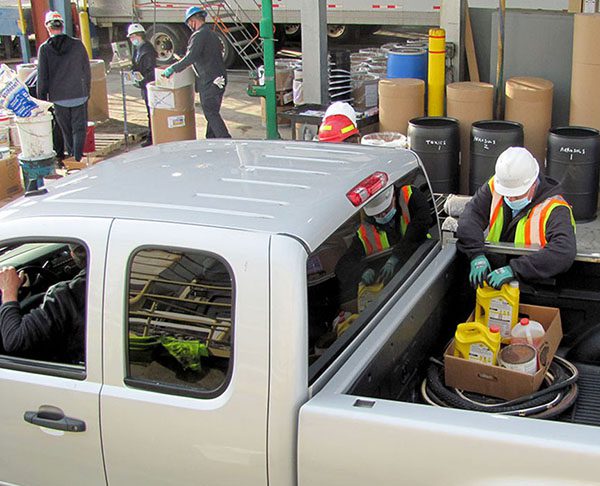Last week we wrote about land treatment units (LTUs) including what they are and how they are designed. Today we would like to cover operation regulations, inspection and response actions, and closure guidelines.
How are LTUs designed and operated?
The basic guidelines for design and operation of a land treatment unit can be found in 40 CFR 265.272. These regulations read as followed:
“(a) Hazardous waste must not be placed in or on a land treatment facility unless the waste can be made less hazardous or nonhazardous by degradation, transformation, or immobilization processes occurring in or on the soil.(b) The owner or operator must design, construct, operate, and maintain a run-on control system capable of preventing flow onto the active portions of the facility during peak discharge from at least a 25-year storm.(c) The owner or operator must design, construct, operate, and maintain a run-off management system capable of collecting and controlling a water volume at least equivalent to a 24-hour, 25-year storm.(d) Collection and holding facilities (e.g., tanks or basins) associated with run-on and run-off control systems must be emptied or otherwise managed expeditiously after storms to maintain design capacity of the system.(e) If the treatment zone contains particulate matter which may be subject to wind dispersal, the owner or operator must manage the unit to control wind dispersal.”
According to the EPA, “these sections require the Regional Administrator or authorized state to specify certain parameters in the facility permit.” Parameters to be specified include the rate and method at which waste is applied to an LTU, measures to be taken in order to control pH levels in soil, measures to enhance microbial and chemical reactions, and measures to control the moisture content of the treatment zone. LTUs are not only subject to these regulations, however. They also must control stormwater run-on and runoff.
Do LTUs need to be inspected?
While there are no set inspection requirements for LTUs, the owner operator does have to maintain unsaturated zone monitoring in order to ensure the unit is meeting performance standards. According to the EPA, “the purpose of unsaturated zone monitoring is to provide feedback on the success of treatment in the treatment zone and to determine if hazardous constituents are migrating out of the treatment zone (i.e., the monitoring program must be designed to determine the presence of hazardous constituents below the treatment zone).”
What this would generally mean is that the owner and operator of the LTU would need to monitor for the most stable hazardous constituents found in the waste placed in the treatment zone. The EPA clarifies, however, that, ”unsaturated zone monitoring is not a substitute for groundwater monitoring. Both are required for land treatment units.”
How is an LTU closed?
According to the EPA, “When a land treatment unit is being closed, the owner and operator must maintain all operating parameters to continue the treatment processes, as well as maintain run-on and runoff controls and unsaturated zone monitoring. The major element of the closure procedure is placing a vegetative cover over the closing unit that is capable of maintaining growth without extensive maintenance. At the completion of closure, the owner or operator may submit the closure certification by an independent qualified soil scientist in lieu of an independent registered professional engineer. Closure and post-closure requirements are waived when the hazardous constituents in the treatment zone no longer exceed background levels.”
Quoted and EPA cited information (unless otherwise noted) for this blog post was gathered from the EPA document, “Introduction to Land Disposal Units.” As always, this blog post is not intended to be comprehensive and it is always best to check with the EPA and local government for full, up-to-date, rules and regulations.
More News From Heritage
-
Published Articles 8/2/22
How Safety, Maintenance, and Reliability Are Intertwined
VP of Health and Safety Jim Mangas discusses the importance of plant safety, maintenance, and reliability (featured in BIC Magazine July/Aug '22)
-
Blogs 7/28/22
Spotlighting Our Environmental Interns
Highlighting some of the wonderful interns we have at Heritage this year!
-
Blogs 7/11/22
Turning Hazardous Waste into an Alternative Fuel
In this blog we walk you through the process of fuel blending, where we can turn hazardous waste materials into a viable alternative fuel source.
-
Community News 6/15/22
2022 Habitat for Humanity Build
Our 12th annual Habitat for Humanity Build
-
Blogs 4/13/22
After Hurricane Ida, Our Port Fourchon Office Rebuilds
On August 28th, 2021, the Louisiana coast was battered by Hurricane Ida. This included our Port Fourchon Service Center, where the devastating hurrica
-
Community News 4/7/22
Heritage readies for Earth Day HHW collection in East Liverpool
Heritage Thermal Services is pleased to announce that its collection of household hazardous wastes for the East Liverpool area returns for 2022.
-
Published Articles 4/2/22
The Impact of Changing Conditions
VP of Health and Safety Jim Mangas discusses preparedness for unexpected conditions during a project. (featured in BIC Magazine March/April '22)
-
Blogs 3/11/22
International Women’s Week Spotlight – Rachel McGrogan
Rachel McGrogan speaks about her time as a Lab Chemist at Heritage.
